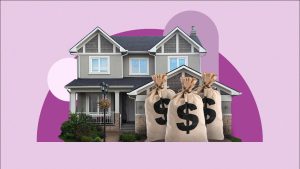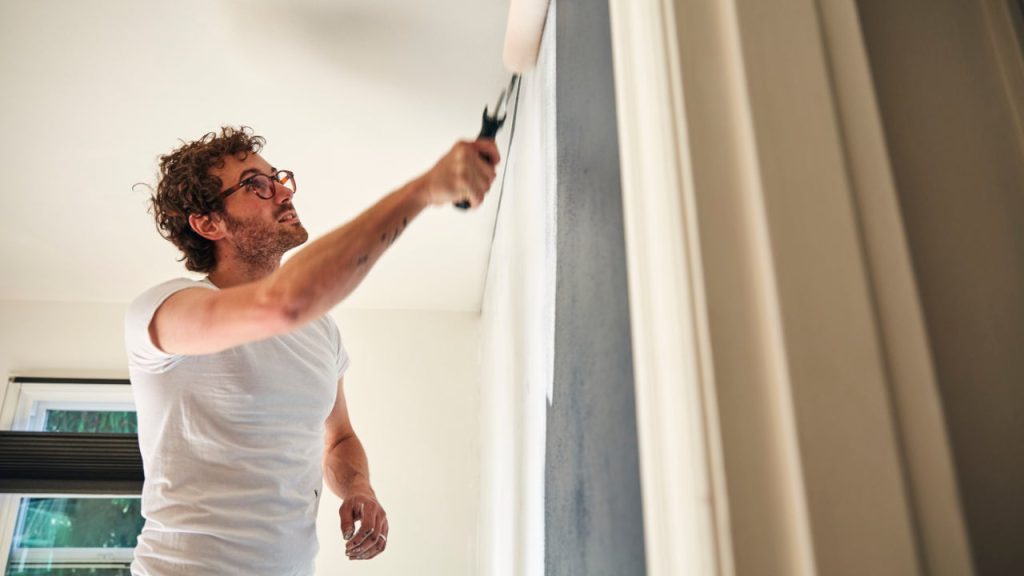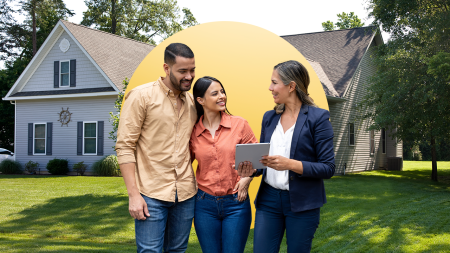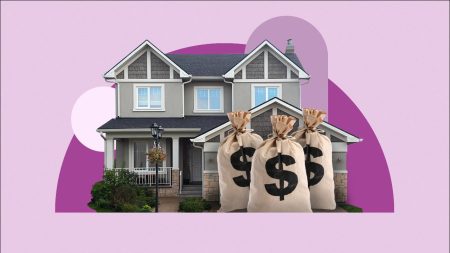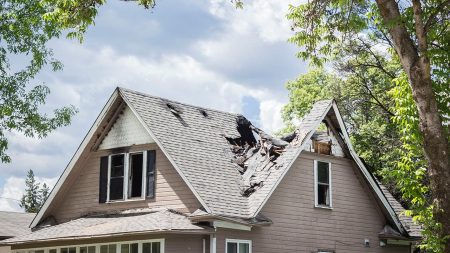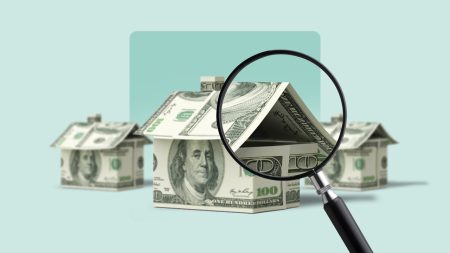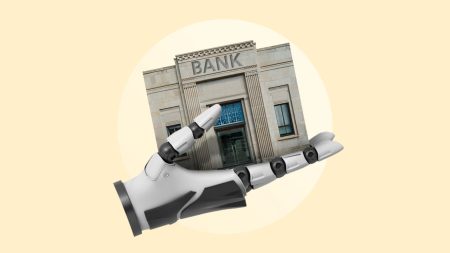Key takeaways
- Unsecured home improvement loans can provide quick funding when you don’t want to risk losing your home or dip into your savings to make renovations.
- These loans are issued based on the strength of your credit history and don’t require collateral.
- Before borrowing an unsecured home improvement loan, consider the drawbacks, like shorter repayment periods and higher interest rates than secured options.
An unsecured home improvement loan is a type of personal loan with no asset securing the debt. Unlike home equity loans or home equity lines of credit (HELOCs), the lender can’t foreclose on your home if you default on an unsecured loan. Additionally, you don’t need equity in your home to qualify for these loans, as they’re issued based on your creditworthiness.
There are five main considerations to keep in mind when deciding whether an unsecured home improvement loan is the best option for you.
1. Unsecured loans come in lower dollar amounts
Since unsecured loans are riskier for lenders, they usually have lower maximum loan amounts. Many lenders allow you to borrow up to $50,000, although a few provide loans as large as $100,000. Still, the loan amount may not be sufficient if you’re planning an extensive project.
Your loan amount will be based on your income, debt-to-income ratio (DTI) and credit score. If you have more than $100,000 worth of equity in your home, you could borrow more money with a home equity loan than with an unsecured home improvement loan.
2. Repayment terms are usually shorter
Another factor to consider when deciding how to pay for home improvements or repairs is that loan terms are usually shorter for unsecured personal loans than for secured loans. While home improvement loans usually have terms ranging from one to 12 years, home equity loans have terms ranging from five to 30 years.
A longer repayment term might be better for your budget since your monthly payments would be lower. However, this also means you’ll end up paying more in interest during the life of the loan. Use a personal loan calculator to understand how your repayment term impacts your monthly and overall costs.
Let’s say you need to borrow $50,000 to cover your renovation project. Consider the difference in cost between an average personal loan and a home equity loan for the same amount.
|
Unsecured home improvement loan |
Home equity loan |
|
|
APR |
12% |
9% |
|
Repayment term |
10 years |
30 years |
|
Monthly payment |
$717 |
$402 |
|
Total interest cost |
$36,083 |
$94,832 |
The monthly payment on an unsecured personal loan is much higher because of the shorter repayment term (and higher APR associated with unsecured loans). While a lower monthly payment is more budget-friendly, notice that you’ll pay nearly three times as much in overall interest charges over the longer repayment term.
3. They are quick to obtain, and some come without fees
Unsecured loans are issued based on your creditworthiness and income, so they can be as quick and easy to get as a credit card. Also, some lenders offer same-day approval and will deposit your funds into your account as soon as the same or next business day. The seamless process and quick funding times mean you can start your home improvement projects sooner rather than later.
In addition, some lenders, like LightStream, don’t charge any fees for these loans. Common fees include application fees, origination fees and returned payment fees.
On the other hand, if you get a home equity loan or HELOC, you may have to pay closing costs that could cost you several thousands of dollars, typically between 2 percent and 5 percent of the loan amount.
4. You may pay higher interest rates without collateral
If you choose an unsecured loan for home improvement, you might pay a higher interest rate since these loans are riskier for the lender. Rates for home improvement loans currently range from about 7 percent to 36 percent, with the average rate being a little over 12 percent.
In contrast, home equity loan rates currently range from about 7.5 percent to 9.5 percent, and HELOC rates can be anywhere from 6.5 percent to 9.5 percent. The rate you receive on your home improvement loan depends on a few factors, but your credit score is among the most important. Generally, the best rates are reserved for borrowers with excellent credit.
To understand your eligibility and preview your potential rate, get prequalified for a loan with multiple lenders. Since rates vary so widely between lenders, requesting multiple quotes is the best way to find a great deal.
5. You’ll need good credit
To qualify for a large loan amount, you’ll need good credit — typically, a credit score of 670 or better. You might not meet the lender’s minimum credit score requirements if you have fair or bad credit. Even if you are approved, you’ll most likely qualify for a lower loan amount with a higher interest rate.
For example, a five-year, $15,000 loan with a 12 percent interest rate will cost you $5,020 in interest. But a loan for the same amount with a 20 percent interest rate will cost you $8,845 in interest charges.
If you have bad credit and you’re willing to pay more for a home improvement loan, you might apply for a home improvement loan for bad credit. Some lenders might approve you for a loan with a credit score as low as 550. To improve your chances of qualifying for a loan or getting a lower rate, you can apply with a creditworthy co-borrower or cosigner. Alternatively, you can take steps to improve your credit score before applying, such as paying down debt.
Alternatives to unsecured loans
Cash
It could take some time to save enough money to pay for home improvements, but this is the least expensive way to cover renovations. The upside is you can complete projects without racking up debt and having to repay lenders for years to come. Consider establishing a sinking fund and storing the money in a high-yield savings account.
Credit cards
If you have strong credit, you may qualify for a card with a 0 percent introductory rate. If you repay the full balance before the end of the promotional term (commonly 12 to 21 months), you’ll essentially have borrowed interest-free money. Remember that any lingering balance will be subject to interest, and rates can be high.
Secured loans
Secured loans are ideal if you have less-than-perfect credit — they’re generally easier to qualify for since they’re secured by an asset. Secured personal loans may accept savings account balances or vehicle equity as collateral, while home equity loans and HELOCs are backed by your home.
Although funding for these may take longer, they typically come with a lower interest rate. Just remember that the lender can seize your collateral if you don’t repay the loan as agreed. If your loan is backed by your home, this means you could lose it to foreclosure.
Bottom line
Unsecured loans can be a viable way to pay for home improvements without dipping into your savings. Plus, unlike home equity loans or HELOCs, you don’t risk foreclosure if you default on the loan.
But unsecured home improvement loans have higher interest rates, lower loan amounts and shorter repayment terms than secured forms of borrowing. This means that a home improvement loan may have a higher monthly payment, so be sure to evaluate your budget and confirm that you can afford to repay the debt.
Read the full article here


